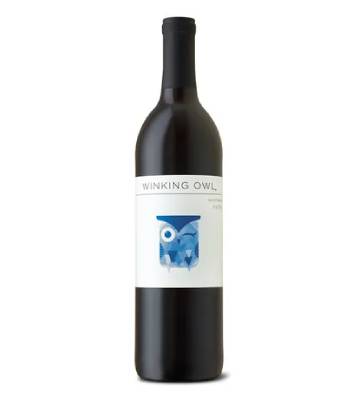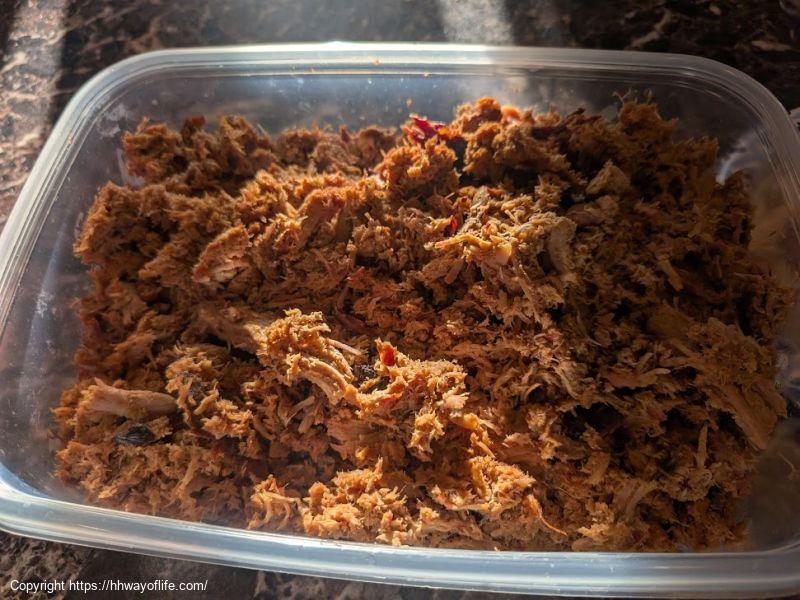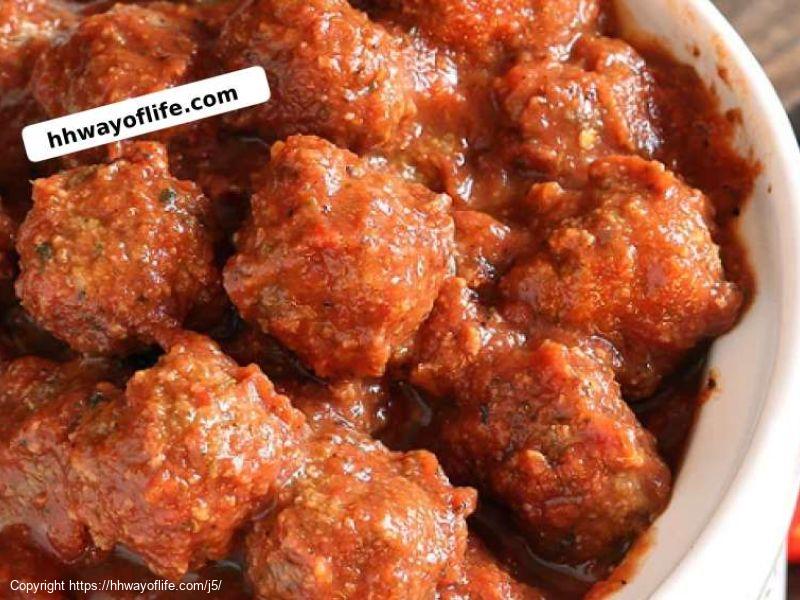Food Nutrition Facts
Nutrition Facts For
Wine - Merlot (Red)
Portion Size: 1 glass (5 ounces)
| Nutrient | Value | % Daily Value* |
|---|---|---|
| 107.0 kcal | 5% | |
| 0.0 g | 0% | |
| 0.0 g | 0% | |
| 0.0 mg | 0% | |
| 1.7 mg | 0% | |
| 0.0 mg | 0% | |
| 0.8 g | ||
| 0.0 g | ||
| 0.8 g | ||
| 0.8 g | ||
| 0.1 g | ||
| Red Wine |
*Daily value based on a 2,000 calorie diet. Your daily values may be higher or lower depending on your calorie needs and health goals.
Calculate your daily calorie needs here
Nutrition Facts For 1 glass (5 ounces) of Wine - Merlot (Red)

Ensure that you count the carbs in red wine with your daily carb allowance.
Merlot is a popular red wine grape known for its soft, approachable tannins and fruit-forward flavors. It's often considered a great "beginner" red wine due to its smooth texture and easy-drinking style. Typical flavor profiles for Merlot include red fruit like cherry, plum, and raspberry, often accompanied by hints of chocolate, vanilla, and spice. While it can be enjoyed on its own, Merlot's versatility also makes it a fantastic partner for a wide range of foods.
Merlot's popularity stems from its ability to adapt to various climates and winemaking techniques. This results in a range of styles, from lighter-bodied and fruit-driven to richer, more complex wines with oak aging. While often enjoyed young, some Merlots can benefit from aging, developing more nuanced flavors and aromas. Whether you're looking for a casual weeknight wine or a bottle to pair with a special meal, Merlot offers a reliable and enjoyable choice for red wine lovers.







